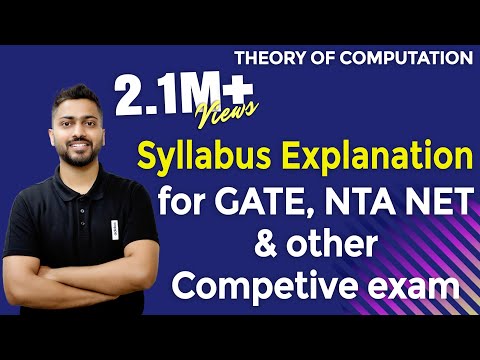Description:
Explore a comprehensive 10-hour lecture series on Theory of Computation (TOC), covering essential topics for GATE and UGC NTA NET exams. Delve into fundamental concepts such as languages, automata, grammars, and their relationships. Learn about Deterministic and Non-deterministic Finite Automata (DFA/NFA), regular expressions, and closure properties. Study advanced topics including Moore and Mealy machines, pumping lemma, context-free languages, pushdown automata, and Turing machines. Master key algorithms like CYK and understand normal forms in context-free grammars. Gain practical skills in designing automata, converting between different types, and solving complex problems in computational theory.

Theory of Computation
Add to list
#Computer Science
#Programming
#Domain-Specific Languages (DSL)
#Regular Expressions
#Automata Theory
#Theoretical Computer Science
#Formal Languages
#Context-Free Grammars
#Turing Machines
#Computability